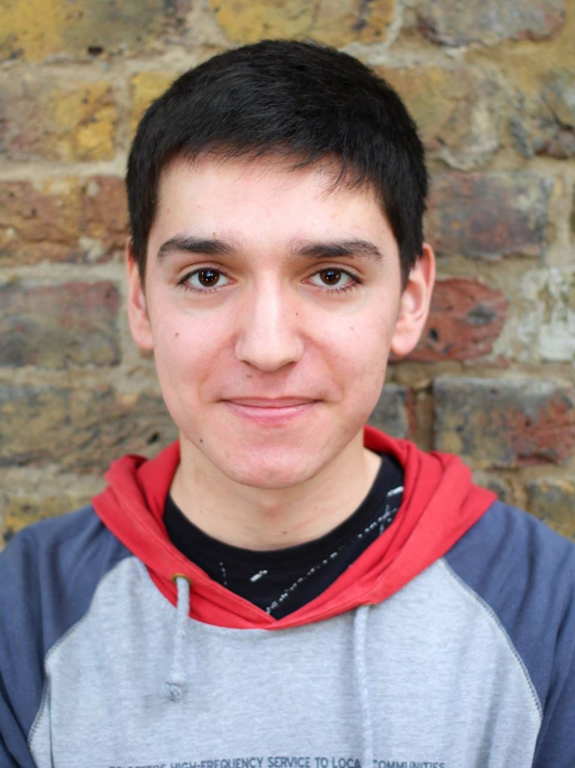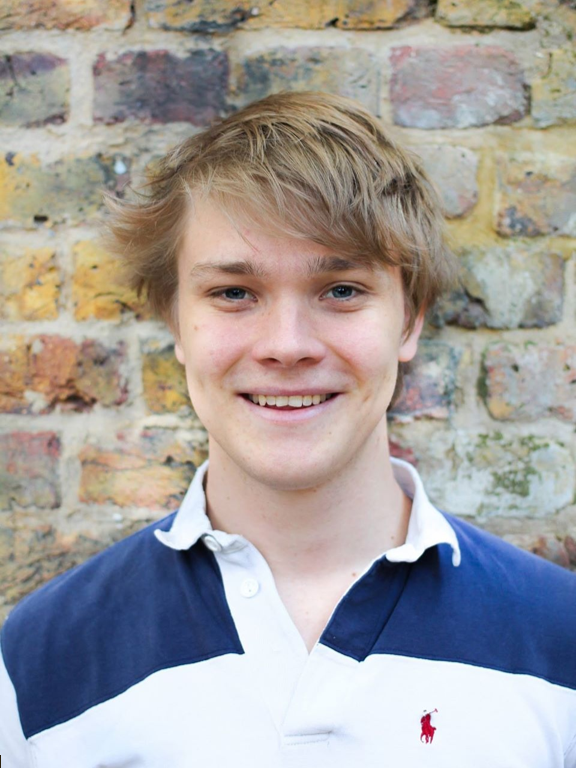Team:UCL/Humans/Team
From 2014.igem.org
(Difference between revisions)
Adamdenyer (Talk | contribs) |
Adamdenyer (Talk | contribs) |
||
| Line 14: | Line 14: | ||
With such a high worldwide consumption, the benefits in developing and integrating a sustainable strategy for dealing with such effluent streams is clear. It is worth to note that the ‘azodye problem’ is exacerbated by the high costs, both financial (economic) and environmental, of current physiochemical and biological methods of treatment (more on current treatment). | With such a high worldwide consumption, the benefits in developing and integrating a sustainable strategy for dealing with such effluent streams is clear. It is worth to note that the ‘azodye problem’ is exacerbated by the high costs, both financial (economic) and environmental, of current physiochemical and biological methods of treatment (more on current treatment). | ||
This year, we are looking into the processing options, novel and old, that are relevant to tackling the problem of azodye discharges. In order to assess the feasibility and determine key engineering parameters for each option, the most important dyestuff sector will be used as a case study: textiles and dyeing industry.</p1> | This year, we are looking into the processing options, novel and old, that are relevant to tackling the problem of azodye discharges. In order to assess the feasibility and determine key engineering parameters for each option, the most important dyestuff sector will be used as a case study: textiles and dyeing industry.</p1> | ||
| + | |||
| + | <ul id="og-grid" class="og-grid"> | ||
| + | |||
| + | <li> | ||
| + | <a href="#" | ||
| + | data-largesrc="/wiki/images/3/37/DanielDLTPhotoEd.png" | ||
| + | data-title="Daniel de la Torre" | ||
| + | data-description="<b>BSc Biotechnology (1st Year); conceived the Azo Dye Project</b><br/>I am currently studying a BSc Biotechnology degree, having just completed my first year. I joined iGEM because I find genetic engineering extremely interesting and with a huge range of potential applications, especially with a synthetic biology approach. It is also a great opportunity for me to gain experience in the different elements that have to be brought forward in order to successfully carry out a project. As I have only just completed my first year, my roles within the team will be to support those who are more experienced in their duties, trying to learn as much as possible on the way. In the future, I would like to take further studies like an MSc or PhD, probably related to synthetic biology or genetic engineering. Outside science, my main interests are music, being able to play several instruments, and nature."> | ||
| + | <img src="/wiki/images/3/37/DanielDLTPhotoEd.png" class="thumb" alt="img01"/> | ||
| + | </a> | ||
| + | </li> | ||
| + | |||
| + | <li> | ||
| + | <a href="#" | ||
| + | data-largesrc="/wiki/images/6/6f/MauriceBPhotoEd.png" | ||
| + | data-title="Maurice Bertrand" | ||
| + | data-description="<b>BEng Biochemical Engineering (2nd Year)</b><br/>As a 2nd Year Biochemical Engineering student, my degree focuses mainly on bioprocess design and optimization, with an emphasis on high value therapeutic production and purification. I have a strong interest in the technical aspects of iGEM and am excited by Synthetic Biology’s vast breadth of theoretical applications. The areas of Public Engagement and Web Design also appeal to me. Within iGEM, I hope to develop strong interpersonal skills and to gain knowledge on effective team management. As a less experienced team member, I plan to contribute mainly by supporting my well-practiced teammates in their efforts to maximize our chances at succeeding in the competition and providing the best learning experience for everyone."> | ||
| + | <img src="/wiki/images/6/6f/MauriceBPhotoEd.png" class="thumb" alt="img01"/> | ||
| + | </a> | ||
| + | </li> | ||
| + | </ul> | ||
</div><!-- This div end tag should end the .textArena tag that defines light grey space. This is crucial--> | </div><!-- This div end tag should end the .textArena tag that defines light grey space. This is crucial--> | ||
Revision as of 13:22, 24 September 2014

 "
"

